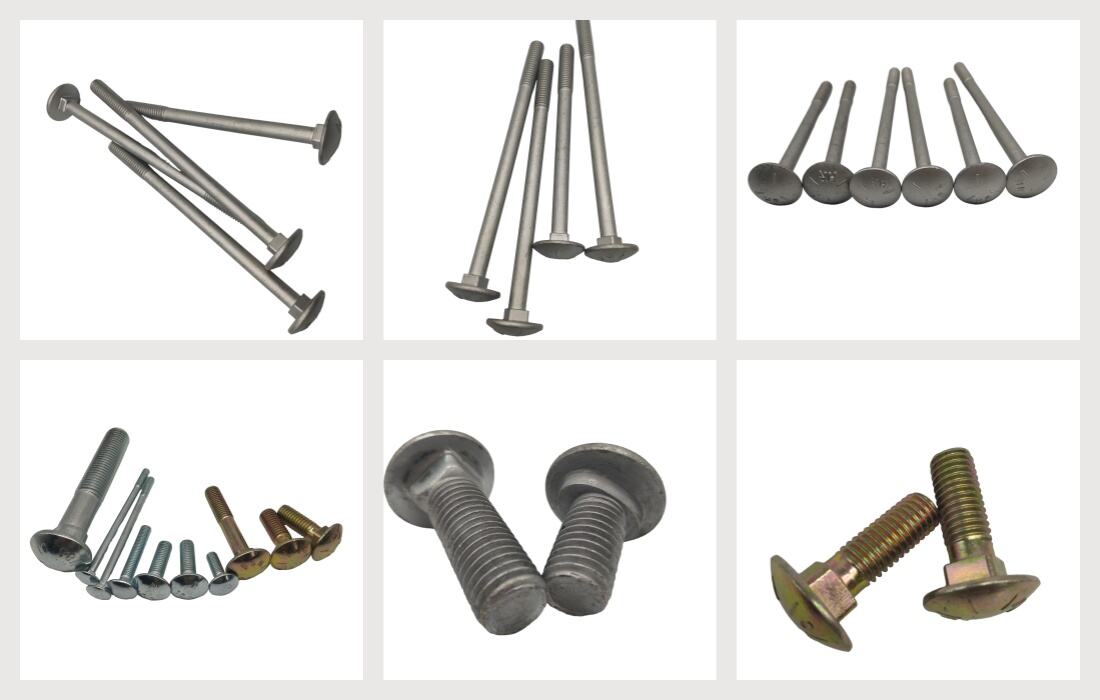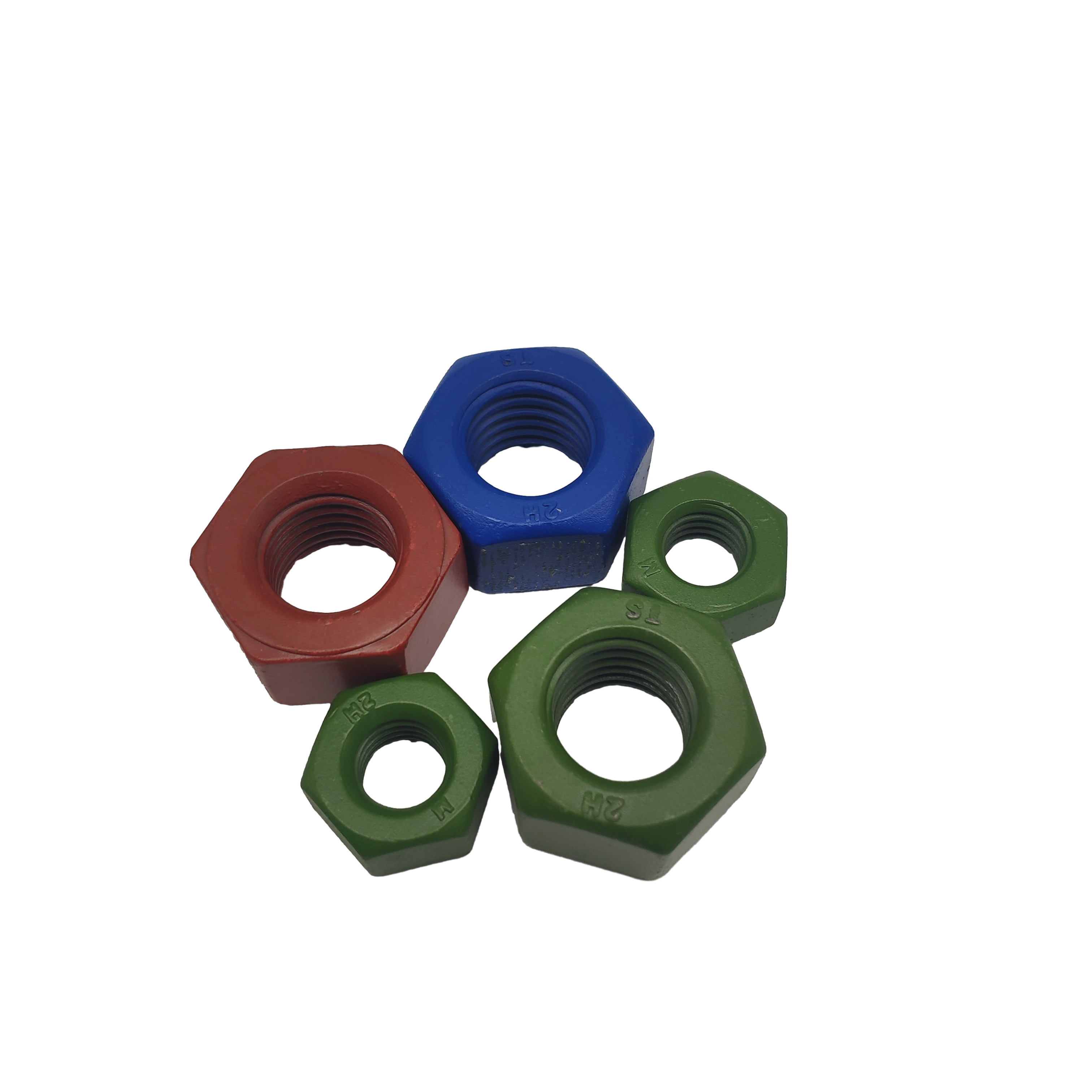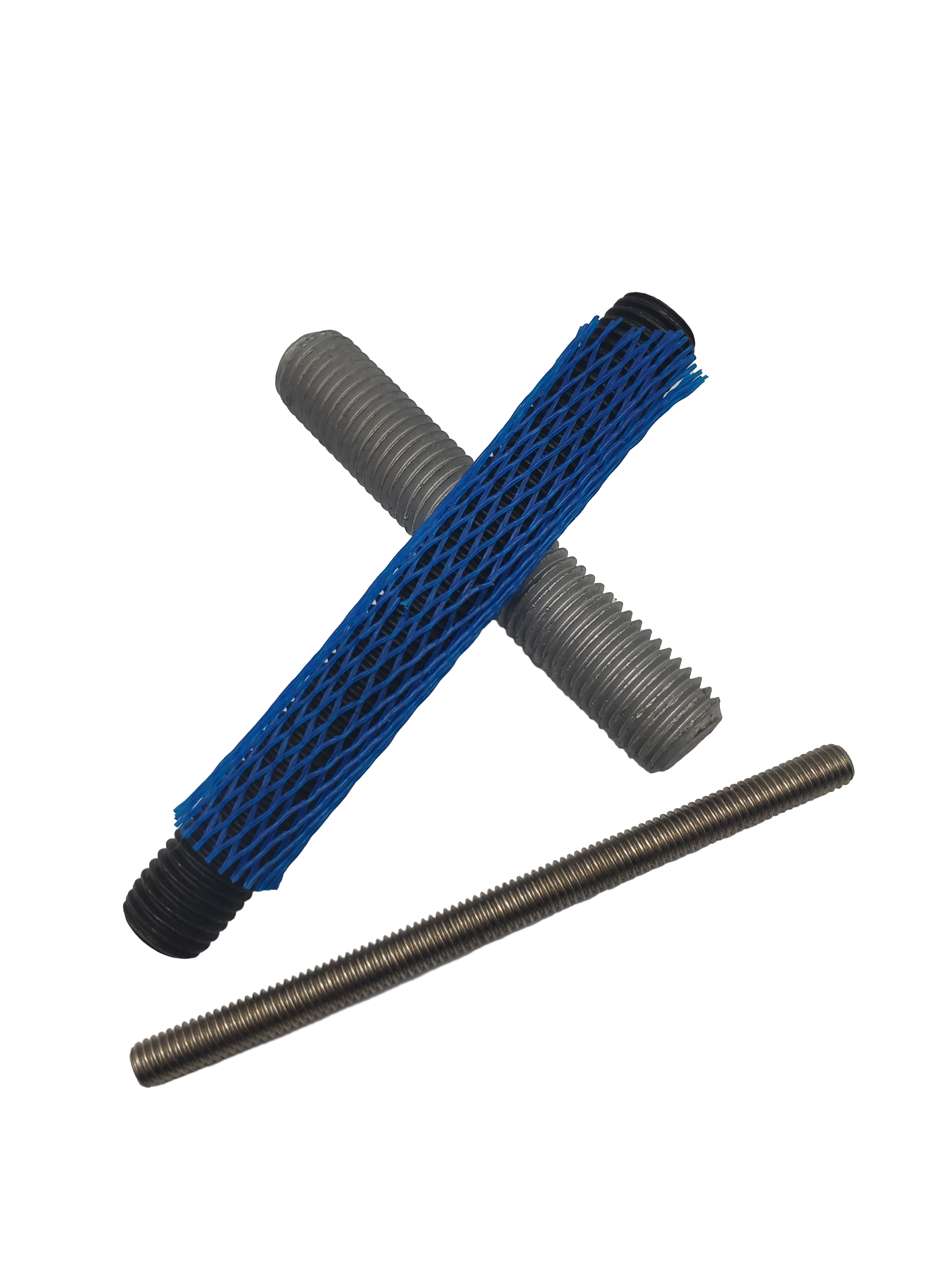stamping parts price
Stamping parts pricing represents a crucial aspect of manufacturing economics, encompassing the cost analysis of producing components through various metal forming processes. This comprehensive pricing structure incorporates multiple factors including raw material costs, tooling investments, production volume considerations, and manufacturing overhead expenses. The price determination process involves evaluating the complexity of the part design, material selection, tolerance requirements, and surface finish specifications. Modern stamping operations utilize advanced technologies such as progressive dies and automated feeding systems, which significantly impact the overall cost structure. The pricing model also accounts for secondary operations like deburring, heat treatment, or surface finishing that may be required to meet specific product requirements. Market dynamics, including raw material fluctuations and energy costs, play a vital role in determining the final price point. Additionally, the pricing structure considers the economies of scale, where higher production volumes typically result in lower per-unit costs through the amortization of tooling and setup expenses across larger quantities. Understanding these pricing components enables manufacturers and buyers to make informed decisions about their stamping projects, ensuring both cost-effectiveness and quality standards are met.


